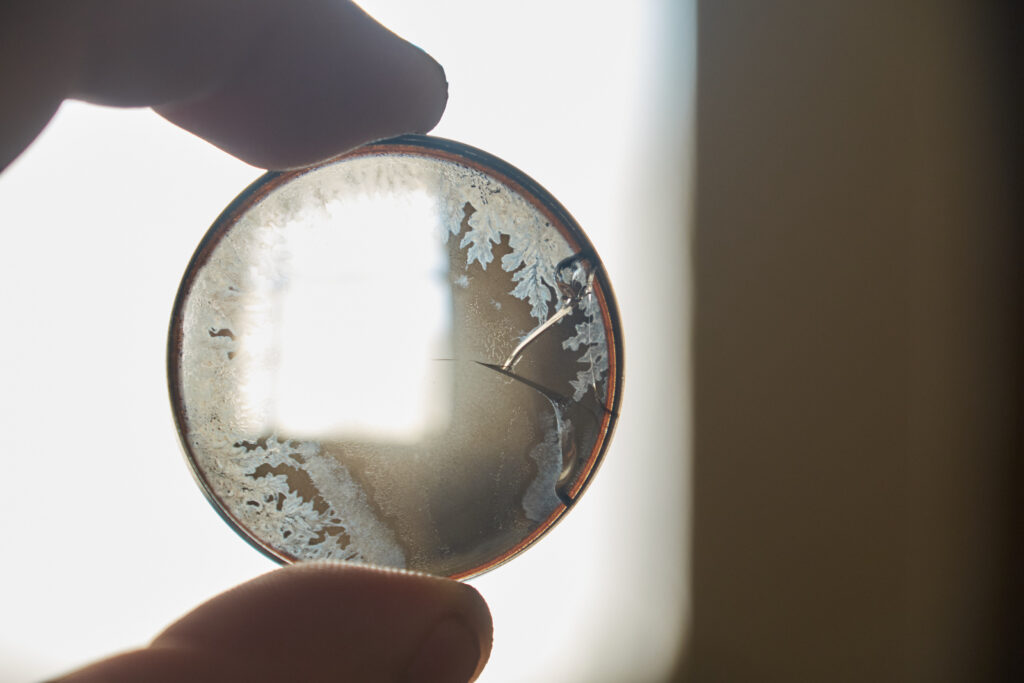Aerial imaging applications present a unique challenge when considering thermal environmental changes. A system can experience extremely low temperatures while at altitude and extremely hot temperature while waiting and taxiing on hot tarmac. If the environmental changes are not fully considered early in the design phase, then the system is likely to suffer from performance degradation, reduction of service life and possibly structural failure of optical elements. The effects on the system from thermal changes may seem obvious at first, but there are some key areas that are often overlooked. These areas include survival of bonded optical elements and thermally-induced lens deformation.
Survival of the optical elements seems straight forward, but thermal stress induced in bonded doublets raises issues of glass compatibility. Aerial imaging applications often require a system with near diffraction limited performance. Balancing aberrations and achromatizing such a design usually requires many glass types, and these are often bonded together as doublet groups. This is where thermal changes can present a hidden danger for the design. Optical glasses have a wide range of coefficients of thermal expansion (CTE). These can be anywhere from 0.55 ppm/°C for fused silica to 14.5 ppm/°C for low dispersion glasses like S-FPL53. A mismatch in CTE for glasses when bonded together can create stresses that exceed the limits for one or both of the elements. The result is failure of the bond, or worse, failure of the glass. Selecting thermally compatible glass combinations early in the design is a standard practice for Optikos. We have not experienced any doublet failures, unlike the unfortunate lens pictured in Figure 1 below.
Another overlooked thermal consideration for aerial imaging design is the loading and stressing of components. Since these systems demand top performance over a wide temperature range, small effects on surfaces and components can yield a large performance impact. This is readily apparent when combining glass lenses and metal housings. Even an ‘athermalized’ optical design that minimizes optical performance change with temperature is still susceptible to loading and stressing during thermal excursions. Consider the meniscus lens pictured in figure 2 below, where the mount loads are not perfectly opposed. Lens elements that have steep surfaces at the edge are particularly susceptible to this type of loading. Depending on the amount of load offset, stresses can be induced during temperature changes that significantly de-figure the surfaces. A similar effect for potted lenses can arise from thermally induced changes in radial loads. Often these effects are only identified once hardware is assembled and flown.
Optikos takes great care in identifying and mitigating thermal performance issues early in the design process. Once the lens is built, Optikos has the ability to perform a full suite of performance testing over temperature. With this specialized capability, residual thermal performance issues can be identified at initial test of the lens assembly, well before the integrated electro-optical system is fitted to an aircraft.



